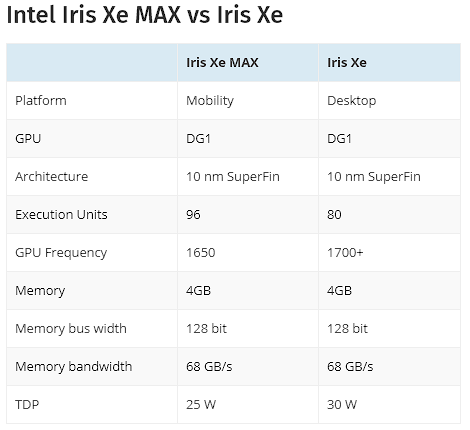- Joined
- May 18, 1997
- Messages
- 55,626
Intel Launches DG1 Graphics Card Based On 10nm SuperFin For OEMs – A Triumph For Xe
A dream that started well over a few years ago, with then-RTG boss Raja Koduri joining Intel, has borne its first fruit: the OEM-only Intel DG1 Xe Graphics Card. While the DG1 might not be the most powerful card around, it is absolutely critical as a proof of concept and necessary for Intel to get the hang of things before it jumps into the GPU market with full force.Intel launches Iris Xe desktop graphics cards - ASUS and Colorful models pictured
Intel is positioning these GPUs for the entry-level market where they will be available as an OEM only offering from (currently) ASUS and Colorful. While the ASUS variant features a no-nonsense, OEM-fare fanless aesthetic that reminds us of the old days, the Colorful variant is your typical dual fan, single-slot design that looks and feels like a proper graphics card.
It should be clocked at least 1700 MHz which will mean that it can offer a graphics horsepower of 2.17 TFLOPs - which is more than the original PS4. The TDP is going to be 30 Watts (which is peanuts for a discrete card and why ASUS can get away with a fanless design) and it will be manufactured on Intel's 10nm SuperFin technology. Considering its 5W more power-hungry than the mobility card, we can safely assume its clock speed will be higher than 1700 MHz.
The architecture is, of course, Xe-LP and it features 4GB of vRAM. While we are not sure of the quantity and when and if gamers will be able to get their hands (through OEM prebuilt) on this, it reaffirms Intel's ambition to see itself as the third player in the highly lucrative GPU business. The DG series is Intel's way of beta testing their platform and priming their partners and channels for the main show - which will not happen till 2022. Intel is also poised to release an HPG based graphics card that will be targeted at gamers and should be priced super cheaply as well.

![[H]ard|Forum](/styles/hardforum/xenforo/logo_dark.png)